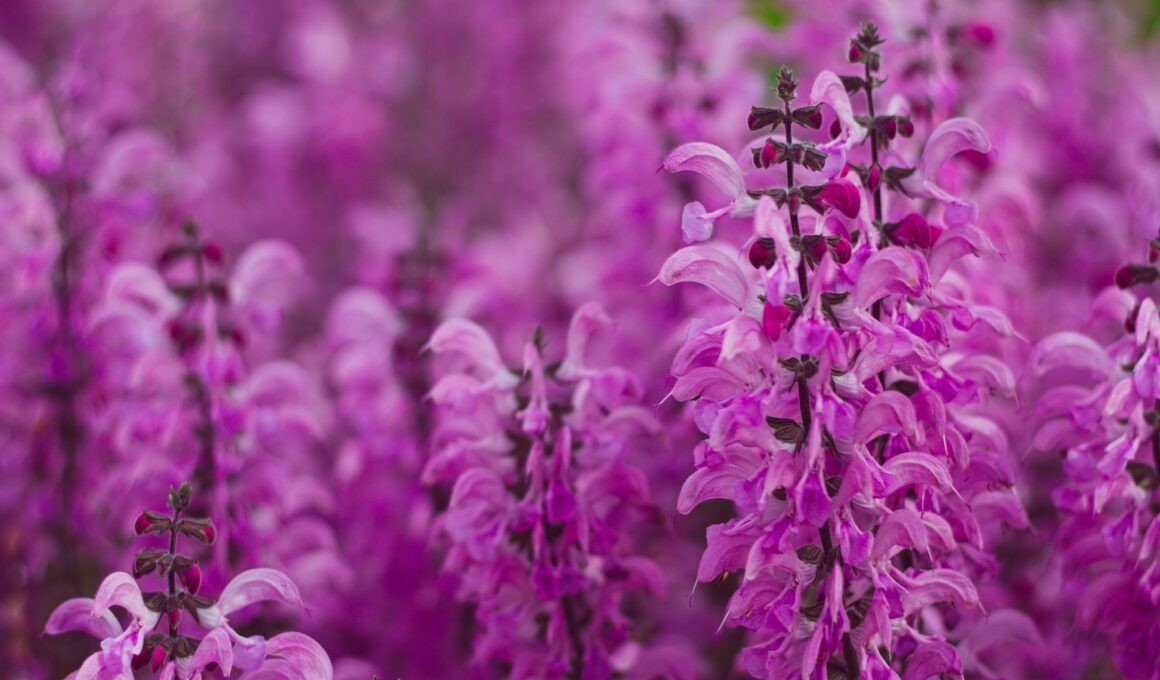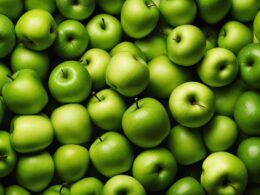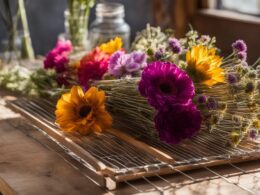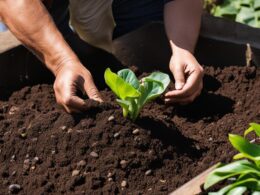Overview of Salvias
You’ll learn about these beautiful flowering plants that grace gardens year after year. Salvias, also known as sage, belong to the mint family and have over 900 different species. They come in a variety of colors such as blue, purple, red, pink, and white. Salvias are known for their fragrant smell and are a favorite among gardeners. Salvias have been used for different purposes throughout history. The ancient Greeks used it to heal wounds, while the Aztecs used it in religious ceremonies. Today, salvias are used for medicinal purposes, cooking, and landscaping. The leaves of the plant are known for their strong flavor, making them a popular ingredient in different cuisines. So, are salvias perennials? The answer is yes, they are. Salvias are perennial plants that come back year after year. However, it’s important to note that there are different types of salvias, and some may be annuals or biennials. It’s important to choose the right type of salvias for your garden, depending on your location and climate. With proper care and maintenance, salvias can thrive in your garden for many years.Differences Between Annuals and Perennials
Knowing the differences between annuals and perennials can help you choose the perfect plants for your garden that’ll last for years to come. Annuals complete their lifecycle in one growing season and are known for their vibrant colors and fast growth. They’re a great option if you want your garden to look different every year. Plus, they’re easy to maintain and require less care than perennials. On the other hand, perennials are plants that return year after year, growing larger and stronger with each passing season. They’re known for their longevity and ability to withstand harsh weather conditions. However, they require more maintenance than annuals. You need to make sure you prune them regularly, water them regularly, and fertilize them as needed. But the advantage of perennials is that they’re an investment in the long-term beauty of your garden. If you’re looking to add some variety to your garden every year, annuals are the way to go. They’re easy to grow, require less maintenance, and offer a wide range of colors and textures. But if you want a garden that’ll last for years to come, perennials are the better choice. Just remember to follow some basic maintenance tips to keep them looking their best. Prune them regularly, water them regularly, and fertilize them as needed. With a little bit of effort, your perennials’ll provide you with years of beauty and enjoyment.Are Cosmos and Salvias Similar in Terms of Perenniality?
Are Cosmos and Salvias similar in terms of perenniality? Cosmos: perennial or annual?? While cosmos are considered annuals, salvias can be either perennial or annual. Cosmos plants complete their life cycle in one year, while salvias have the potential to come back year after year. Thus, when it comes to perenniality, cosmos and salvias differ.









